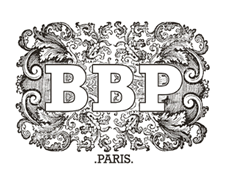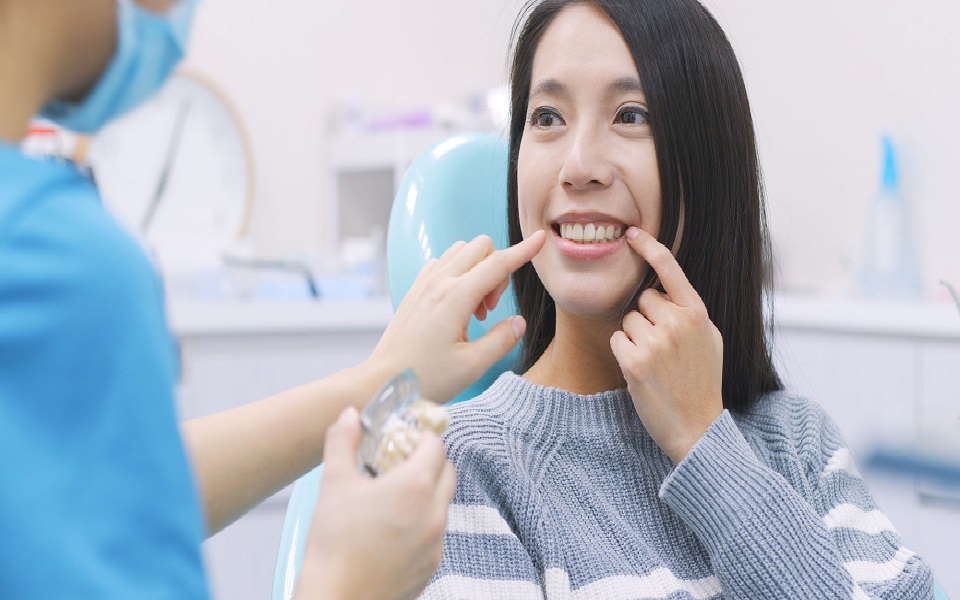Whenever you read about dental implants you will likely come across lots of people who are delighted about the procedure and want to praise their practitioner.
You will also find information on a multitude of benefits that dental impacts can bestow upon the person who has them fitted.
This information is all perfectly valid and will hopefully give you confidence that dental implants are the right solution for replacing your tooth.
What you will also notice that the words tooth, and teeth are used in plentiful numbers, but very rarely do any of the articles and blog posts that relate to dental implant ever go into more detail about what those mean specifically.
Ok, we all know what a tooth is, but in relation to dental implants they can be a replacement for more than one type of tooth.
This brings us nicely to the point when we flag up the fact that within our mouths there are four types of teeth that might be candidates for replacement should be ever lose them or they need be extracted.
We hasten to add that we are pretty sure that a large proportion of the people reading this could not tell us what each those four types of teeth are called, what they are primarily used for, and here is another question…Do you know how many teeth you should have?
Well, assuming you are an adult, and a human being, the answer to that last question is 32.
Now, before you proceed to divide 32 by 4 and assume that means we have 8 each of the different types, it does not work like that. Instead, here are the facts relating to our tooth types and their uses, and if you plan to go look in the mirror, where you can expect to find them.
Incidentally, all of them are candidates for being replaced by dental implants.
Incisors
If you have ever marvelled at a beautiful smile, or indeed have a beautiful smile of your own, then the main reason for that smile’s beauty is the health of the incisor teeth.
These are the teeth that sit at the very front of our mouths. we have 8 incisors in total, with 4 on the top jaw and 4 in the bottom jaw.
Incisors tend to be the first teeth which we see in babies and subsequently the first to grow in as adult teeth as we lose those baby teeth. Incisors are thin and narrow and ideal for taking the first bite out of our food. Being at the front, and the area most exposed, incisors are teeth most at risk of being knocked out or damaged due to accidents.
Canines
Also called the ‘Cuspids’, we have 4 canine teeth, and these are usually the next to grow in our mouth after our incisors.
They are long, pointed, and sharp, and although the name might suggest it, they are not actually the same as the sharp teeth your dog has.
Having said that they are similar in the sense that they are designed to help us rip and tear food such as meat, which in turn helps us to digest it better.
Premolars
As we move past our canines and further towards the back of our mouth, we come to our premolars, or ‘Bicuspids’. We have 8 premolars, with 2 on each side of our upper jaw, and 2 on each side of our lower jaw.
Premolar teeth are larger than incisors and canines, and their flat surface and ridges help us to grind, crush and chew our food down into smaller portions so that we can swallow it more easily.
Molars
We have 12 molars in our mouths which means we have more of them than any other type of tooth. There are 3 on each side on the top row of teeth, and likewise on the bottom row.
Molars have large surfaces which are ideal for chewing and grinding food as our tongue pushes it backwards within our mouth.
By the way, did you do the arithmetic? 8 incisors + 4 canines + 8 premolars + 12 molars = 32.

